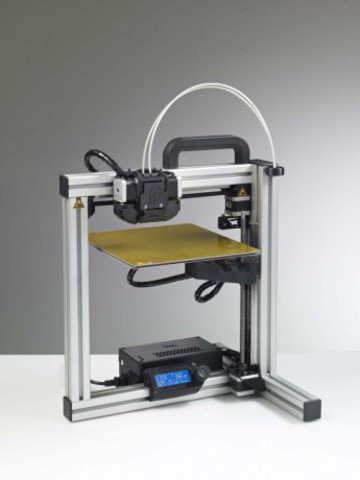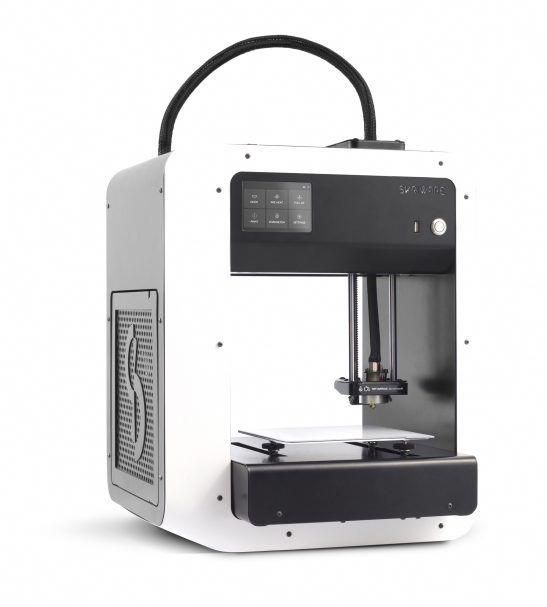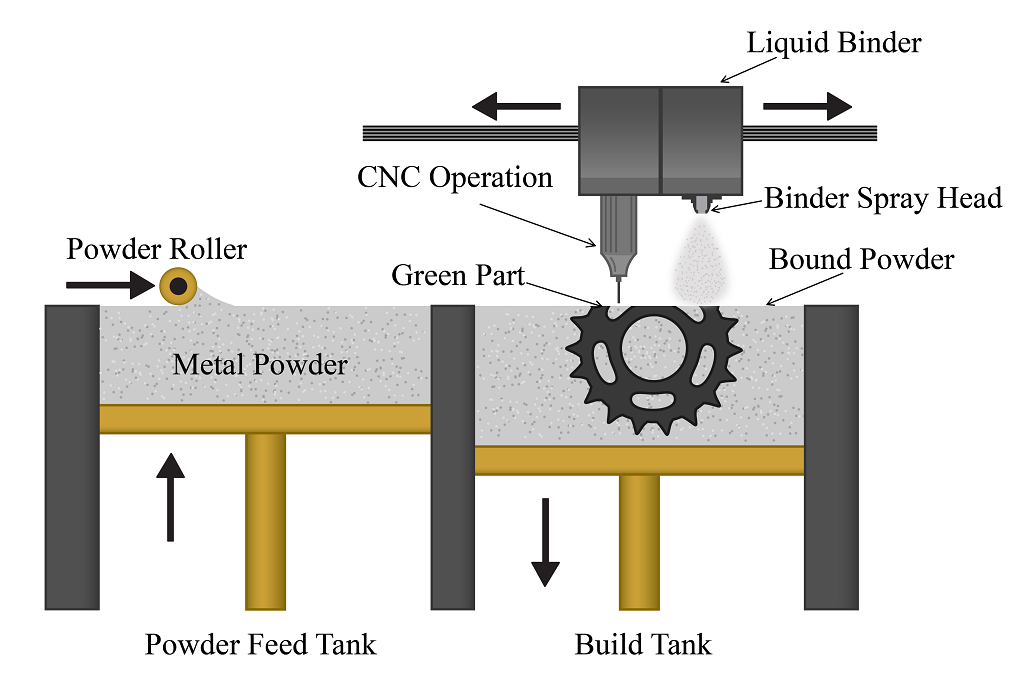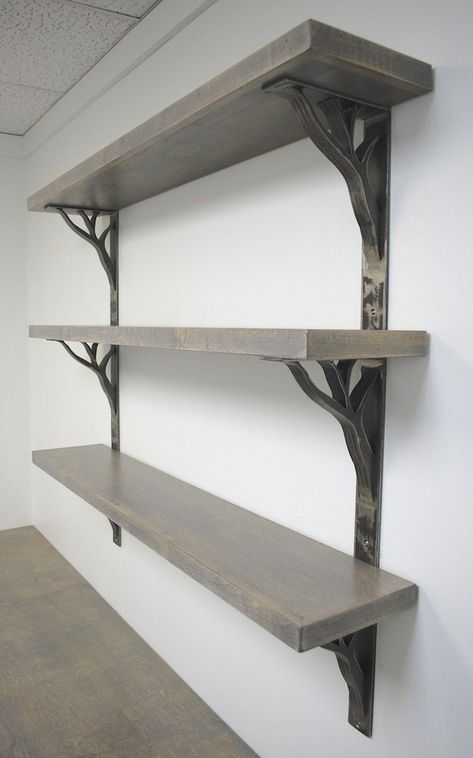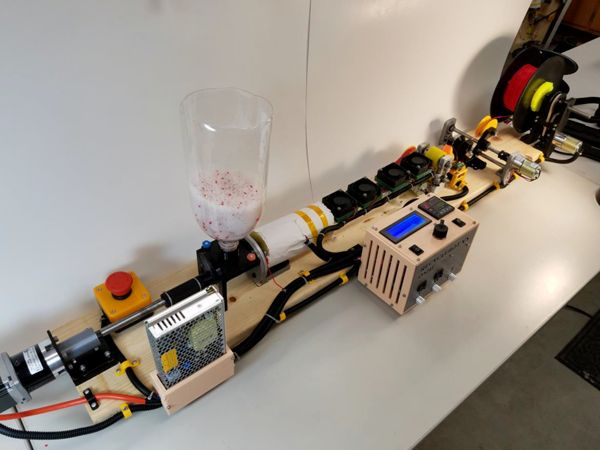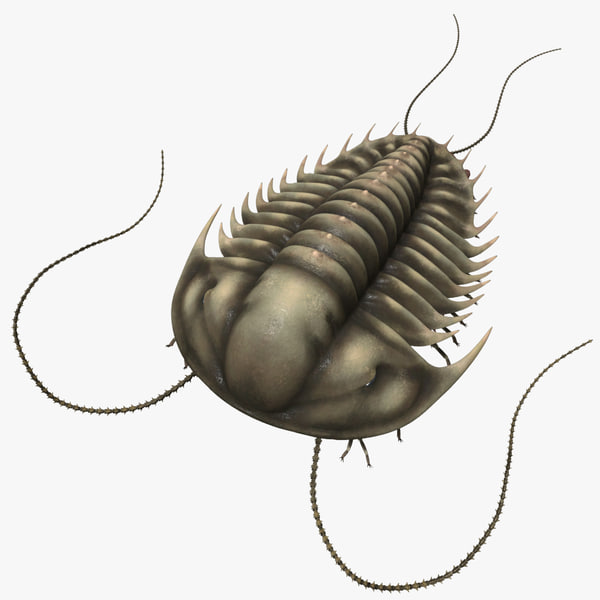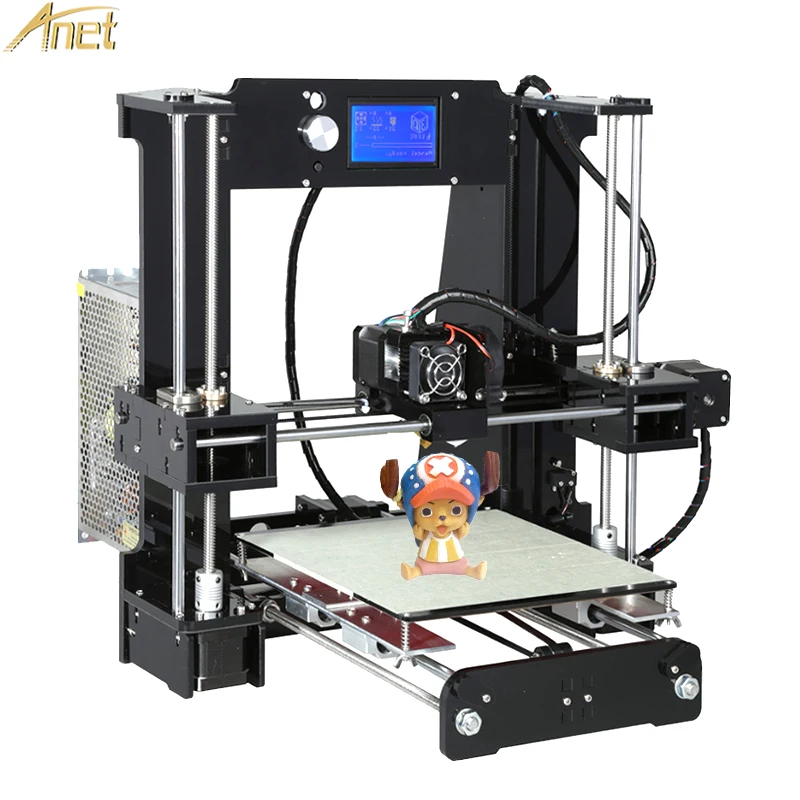3D printers with heated beds
3D Printer Heated Beds - How Important Are They?
Like most tech, 3D printers have a host of accessories and add-ons that improve the quality of prints, decrease the chance of a failed print, and make general use easier.
One such add-on is the 3D printer heated bed, an accessory key to printing more complex projects and tougher filaments, such as ABS, Nylon and PETG.
Without enough heat underneath the model, you run the risk of the filament cooling too quickly, leading to warped edges and corners, and sometimes even cracking in the model’s midsection.
The decision to get a heated bed can be a tough one, especially if you’re new to 3D printing and want to try adding a heated bed.
We’re going to cover some of the most important and frequently sought information regarding these add-ons here, as well as what the best 3D printer bed surfaces are depending on how they’re used.
What Does a Heated Bed Do on a 3D Printer?
Heated beds are a 3D printer bed that heat up to various temperatures in order to regulate the cooling temperature of a print.
Heated beds are a good choice for filaments and projects that are prone to warping, as the temperature stops a print from cooling too quickly and losing its shape mid-print.
While many commercial 3D printers come with a heated bed as standard (a few years ago this was much rarer), many printers have heated bed add-ons for better ABS printing.
As 3D printers have evolved, so too have the features that come with them as standard, and more and more 3D printers on the market today do come with heated beds.
What are the Benefits of a Heated Bed?
As mentioned before, 3D printer heated beds reduce the chances of warping or mishappen prints for a variety of reasons.
As well as regulating the cooldown, a heated bed will also ensure first layer adhesion. In other words, the first layer of the print will stick more securely to the 3D printer bed. This provides a more solid foundation for the rest of the print, making warping far less likely. This is similar to how a pottery wheel holds the clay steady as it’s reshaped.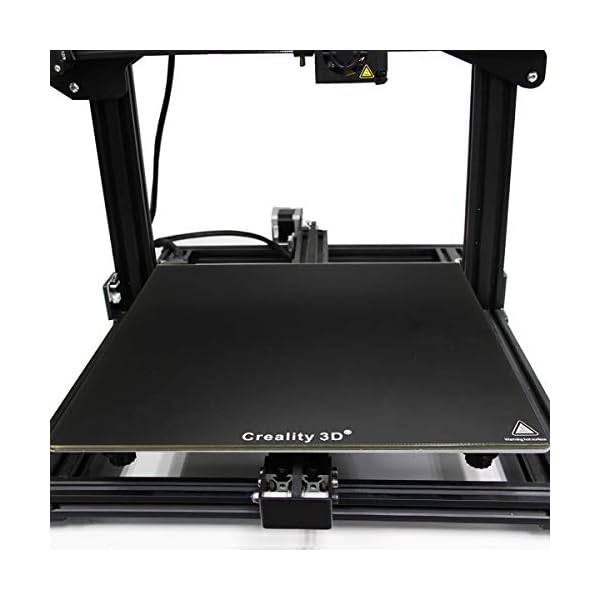
A 3D printer’s heated bed also makes post-print removal easier and less likely to damage your project. While the printing material is normally set as one type per project, a heated build surface will ensure any filaments don’t shrink or harden too quickly and become difficult to remove without damaging the print. This is like to how steam makes a letter easier to open by warming the glue on the envelope.
Are Heated Beds Necessary?
Like oiling a squeaky door, 3D printer heated beds are not necessary for most purposes, but they can make things run much smoother. How important they are depends on how you use your 3D printer.
If you prefer to use PLA filaments, then you may be comfortable without a heated bed. PLA barely warps even without a heated bed, and tend to do well as prints. While a 3D printer bed will always do better if heated, PLA users may find the expense and effort of installing a heated bed to simply not be worth it
However, if you use more fragile filaments like ABS and PETG, then a 3D printer heated bed is considered absolutely necessary.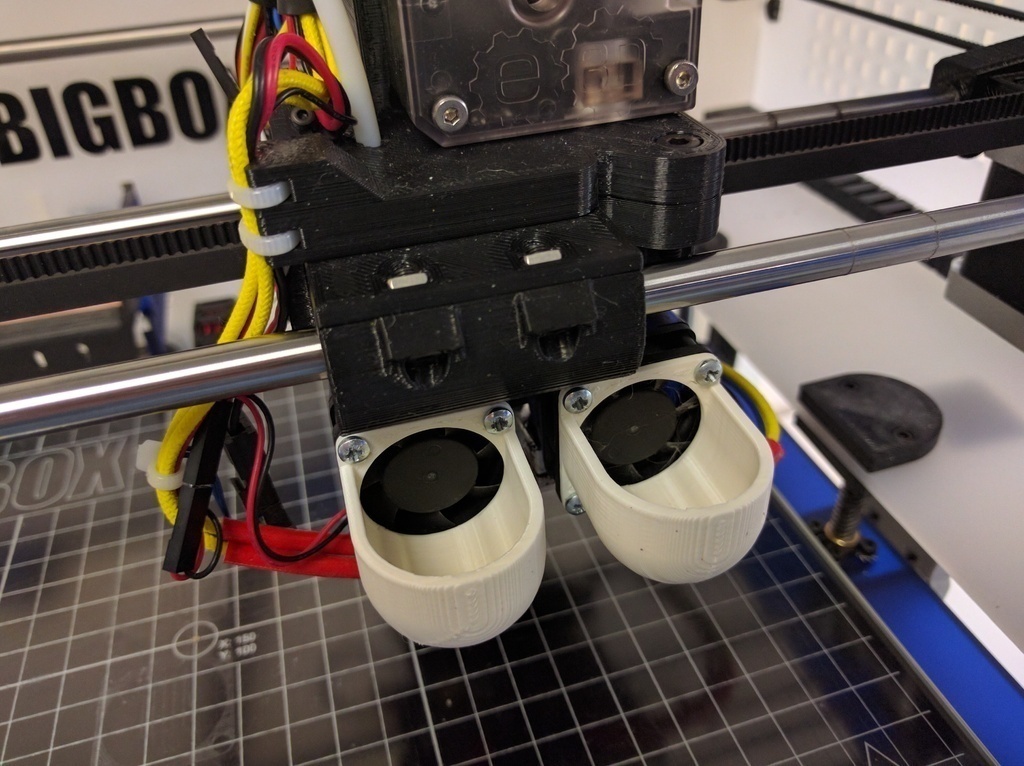 A heated bed is even more important if your 3D printer has an open build area, as cooler temperatures and even light breezes can warp these materials which are prone to becoming misshapen while printing.
A heated bed is even more important if your 3D printer has an open build area, as cooler temperatures and even light breezes can warp these materials which are prone to becoming misshapen while printing.
It’s worth noting that there’s no such thing as the perfect filament, no matter the project you have in mind. All 3D printer filaments have the potential to warp, and a heated 3D printer build surface is one of the best ways to minimize the chance of a failed print.
Like with most things, the bigger the project, the higher the likelihood of failure. Smaller 3D printer projects like statuettes, bookmarks, and keychains will normally print and remove just fine. But larger projects, regardless of your chosen material, will always benefit from a heated build surface.
What’s the Best 3D Printer Bed Surface?
If your 3D printer didn’t come with a heated bed as standard, you may want to look into installing one yourself. Not all heated beds are created equal, and the best 3D printer bed surface – heated or not – also depends entirely on what you want to do with your printer.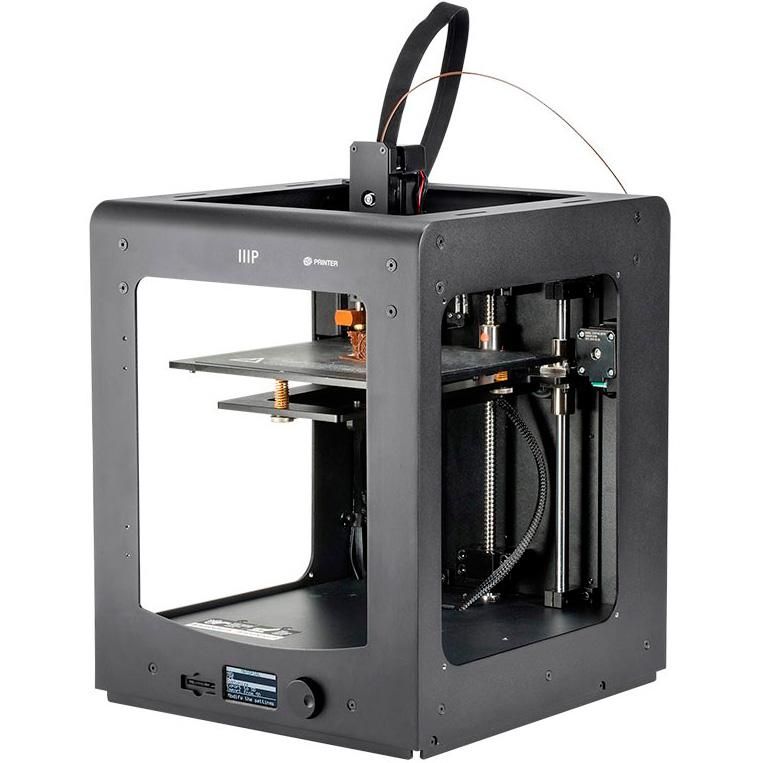
3D printer bed surfaces, or build plates, come in many forms, each with their own benefits and drawbacks. We’ll look at a few of the more common ones here so you can decide which is the best 3D printer bed surface is right for you.
Glass
Glass is widely considered to be one of the best 3D printer bed surfaces. It’s solid, flat, and has a longer shelf life compared to most materials even when exposed to heat.
As a heated build surface, glass takes a longer time to heat up compared to others due to its low conductivity at room temperature. However, it’s one of the best 3D printer heated beds as it spreads the heat around more evenly than its metal and polypropylene counterparts.
However, in the event that heat is not spread evenly, glass can crack and even break, meaning it can provide a very dangerous environment if not used with cautious attention. While easily and cheaply replaceable, using glass as a 3D printer heated bed can go very wrong.
If you choose glass as your build plate, be sure to reduce this risk by going with good quality, even sheets at least 3mm thick.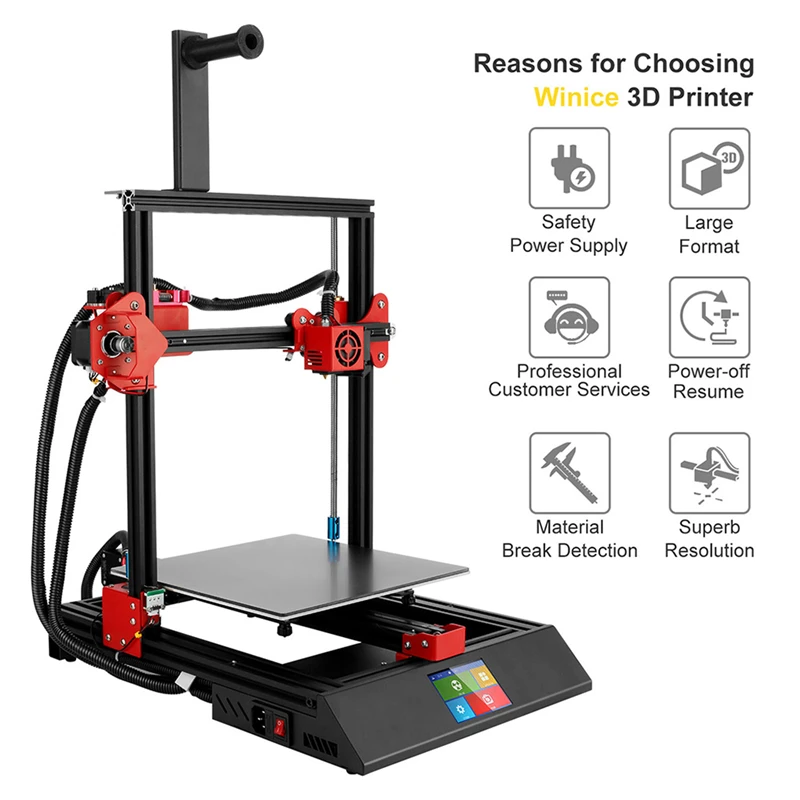
It’s important to note that glass is not naturally adhesive, and so will require the use of glue or similar before printing.
Polypropylene
Polypropylene is similar to glass in that it can provide a smooth finish on the first layer of a print due to its flat, even surface.
While it doesn’t have as long a shelf life as glass, polypropylene sheets are fairly cheap to replace, and are durable enough to handle larger prints and high temperatures.
Polypropylene is also considered to be one of the best 3D printer bed surfaces due to its high adhesion while hot, and low adhesion when cool. This means that when used as a heated bed, it will have solid first layer adhesion to reduce the chance of warping, and is also easy to remove from the project after its cooled, further reducing the chance of breakage.
Ceramic
Ceramic is used as a heating bed due to its even spreading of heat, much like glass. But unlike glass, ceramic build plates are not as prone to fracturing and breakage if heated unevenly.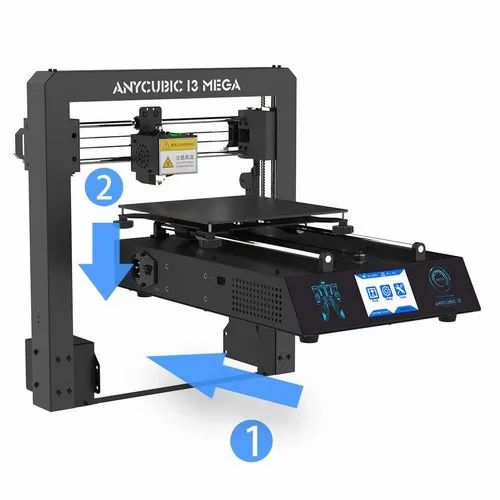
Ceramic may be one of the best 3D printer bed surfaces due to this reduced risk, though its conductivity is even lower than that of glass, and so fast heating can result in cracks.
Ceramic is also considerably heavier and more expensive than glass, making it somewhat more pricey and unwieldy should it need to be replaced.
As long as precaution is taken when used as a heated bed to ensure a slow increase of heat, ceramic makes an ideal 3D printer build surface.
Metal
Metal materials are commonly used as 3D printer build surfaces due to their high conductivity. Most machines that use metal build plates come with them as standard, as the differences between various metallic materials make it difficult for non-experts to install as 3D printer heated beds.
The magnetic properties of most medals make them easily connectible and removeable to the right devices, especially if they come as thin sheets such as the East-Peelzy or BuildTak FlexPlate.
While metal conducts heat very well and can spread it around evenly, most varieties will expand when used as 3D printer heated beds, which can increase the chances of warping projects and even damage your 3D printer if it has an enclosed build area.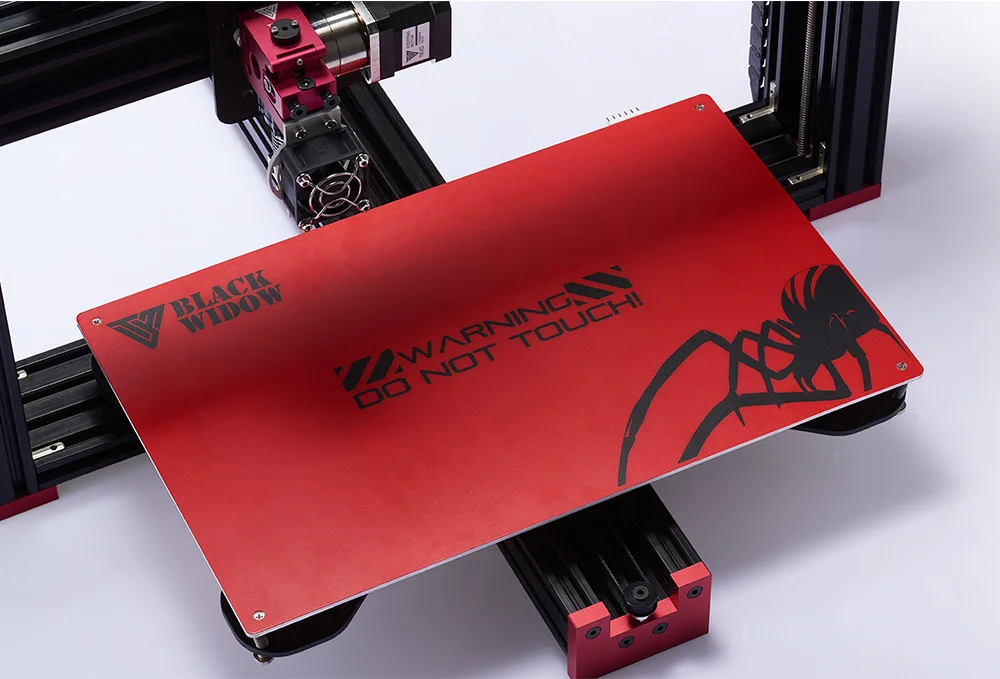
3D Printer Heated Beds Frequently Asked Questions
Are heated beds safe?
Like an iron or oven, the safety of a 3D printer heated bed relies on the caution of the user. Heated beds can reach temperatures of over 110℃, and can be very dangerous if not used with care.
If you are careful not to touch a build plate until it has properly cooled down, and ensure young children and pets are kept away from your printer while it’s in use, a 3D printer heated plate should be as safe as any heated device in your home.
Do I really need a heated bed?
You don’t need to have a heated bed if you’re printing PLA (though it helps), but it’s key to keep a heated bed on for ABS, Nylon and other filaments to prevent warping – ideally within a heated chamber.
Can I use blue tape on a 3D printer heat bed?
Tape is commonly added to 3D printer build surfaces to increase bed adhesion, and the same is true for heated beds. Just be sure to use blue (or painters’) tape, as it is highly heat resistant and can withstand the temperatures of even the hottest and best 3D printer heated beds.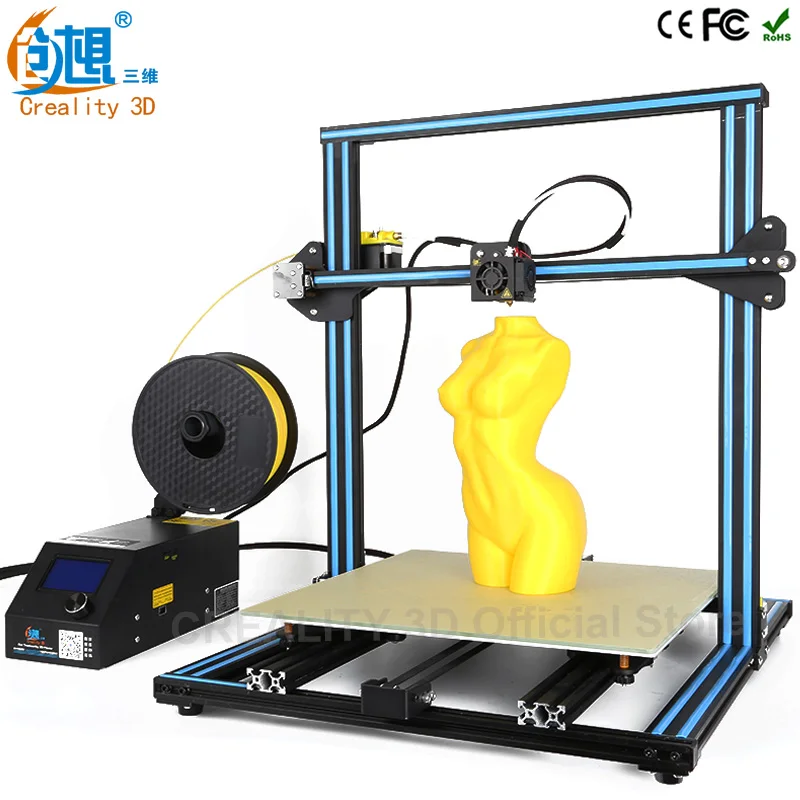
Related articles:
- Ender 3 glass bed – best options and guide
3D Printer Heated Bed - Everything About Heated Beds
ADVERTISEMENT
Table of Contents
With the advancement in 3D printing, a lot of new research and experiments have surfaced. Many of them are tailored towards finding the best way to increase the first layer adhesion.
And, we all know why it is so important. A 3D printer heated bed can handle that part pretty well. Although there are other alternatives to work with the first layer, nothing beats this one.
Most importantly, print beds are a very crucial part of the overall design of the machine. This is because, without a print bed, you won’t be able to create your models.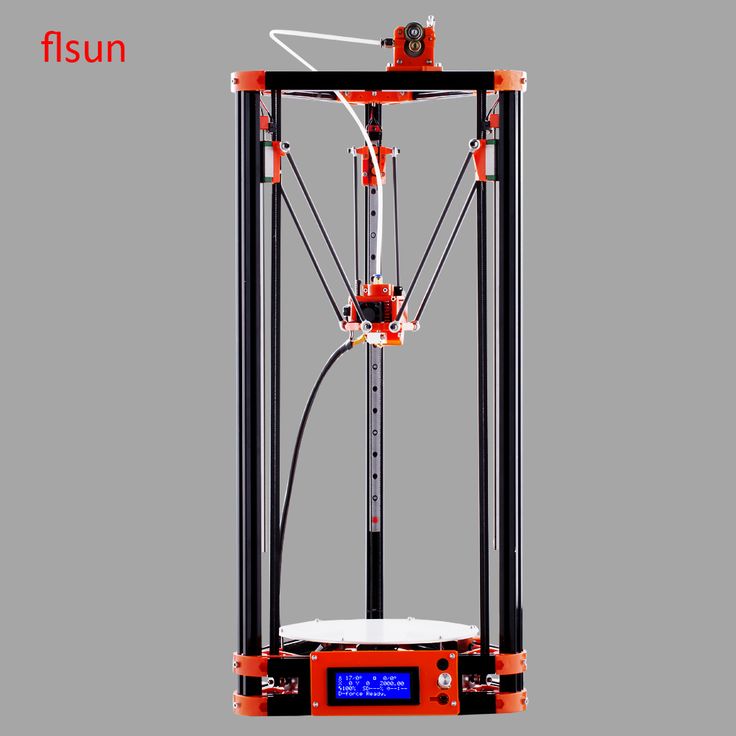
Hence, realizing how you can make the best use of it must be your first priority to know. Understanding the different types of heated beds and their usefulness would help you select the right device.
So, before we progress to explore everything about the heated bed, let us get an idea about what 3D printing is. Most of us already know about it, but a quick recap will only ensure that all our readers are on the same page.
ADVERTISEMENT
What is 3D Printing?
We have been hearing about additive manufacturing or 3D printing for a long time now. There are few lucky ones who even had the chance to work with this technology. But it’s never late whenever you decide to do something.
3D printing has emerged as one of the most revolutionary technologies and is propagating to impact the entire ecosystem of manufacturing units.
But what the technology really entails or means? This is a process where the 3D printers create layers of 3D models, one over the other, to create a complete item.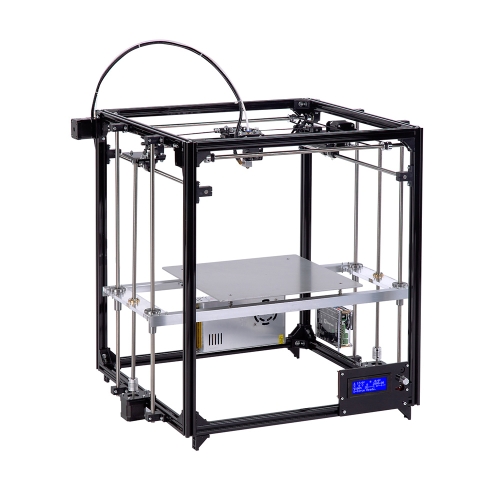
There are various 3D Printing processes available. For instance, FDM, SLS, SLA, and many others. These differ in the way the layers are created and connected. However, the basics remain the same. The layers forms over each other to build the entire 3D model.
3D printing has made the creation of extremely detailed models and structures possible at much faster and affordable rates. But certain precautions need to be taken while using the printer to ensure the part being printed adheres closely to the desired specifications.
However, 3D printing comes with its own challenges. And, the biggest setback is when the layers rapidly heat and cool down.
One of the serious problems that occur because of such a process is wrapping. It changes the shape of the 3D model and deforms it. Hence, running the entire 3D printing project.
To cater to the problem, the 3D printer heated bed surfaced. These print beds are very successful in allowing the proper cooling of the layers.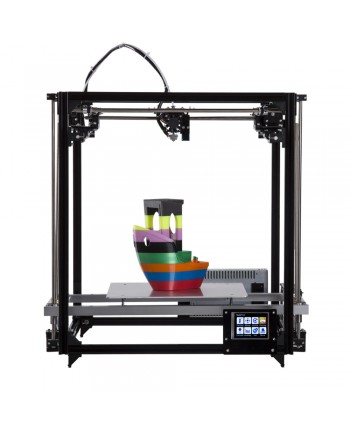
At the same time, these help in controlling the temperature while the 3D Printing is in process. Hence, further resulting in proper bed adhesion.
ADVERTISEMENT
What is a 3D Printer Heated Bed?
Coming back to the topic in the light, we must answer the question: What is a 3D printer heated bed? While we have already discussed in brief about the way heated beds are useful, let us find out more about them.
Heated Beds Using PCBs as Heating Element
A 3D printer heated bed design can differ. Among the most common types, the heated bed makes use of circuity boards or PCBs as the heating elements.
These are available with the budget 3D printers. However, these won’t last long if your 3D printing projects are complex and require frequent jobs with 3D printers. In short, they are meant for smaller projects that do not take much longer to complete.
The reason why these are not suitable for complex 3D printing is that the PCBs are made of copper s and aluminum strips.
And, these are susceptible to deformation when subjected to heat for longer periods. Over time, the heated beds will fail to do the task for which it was chosen in the first place.
There is one more problem that won’t be acceptable to many. These take a longer time for heating up. You can actually get rid of that problem. But you may have to spare some more bucks to get the larger power supply source connecting the bed.
ADVERTISEMENT
Heated Beds Using AC Silicone Encapsulating Heated Element
One more type of heated bed is the one that uses AC silicone encapsulating heated elements. To design the arrangement, the heated element is stuffed between glass pieces and a thermal insulator.
This is to minimize the excess leakage of heat and to deliver the maximum amount of heat to the printing surface. Hence, realizing the efficient design for the creation of 3D printer heated bed.
Moreover, the electricity consumption is also less. And, they can work for longer without giving any trouble to the users.
You can 3D print without much hassle when using the heated bed with AC silicon encapsulating heated element. In addition, these are highly portable too. With all the right perks, it is worth spending a little more if your goal is to 3D print for long.
Working of 3D Printer Heated Bed
The 3D printer works by extruding the plastic filament over the printed bed. Right after coming out of the extruder, the filament starts cooling.
As we all know, with cooling shrinkage comes hand in hand. The problem arises when the layer does not cool consistently at all points. This leads to uneven shrinking and ultimately, warping of the entire 3D model.
To avoid plastic from cooling at different rates at varied points, heated beds were introduced. The job of the 3D printer heated bed is to make sure that the parts do not cool completely unless the printing is still in process. This allows for a more even shrinking process.
In short, the heated beds mainly take care of two things. First of all, by increasing the surface energy of the print bed, the heated bed strengthens the bonding of the top layer.
First of all, by increasing the surface energy of the print bed, the heated bed strengthens the bonding of the top layer.
Plus, it ensures that the bottom layer stays hot enough for avoiding the warping issue in any stage of the 3D Printing process. Hence, the heated bed maximizes the efficiency and avoid excessive cooling of the layers.
When the filament is deposited on the print bed through the extruder, it carries with itself a certain degree of heat. For the best results, the heated bed temperature must be below the glass point.
This is to turn the liquid filament in solid form. The temperature sensor is responsible for maintaining the required heat of the print bed.
You may have to go through a few trial and error to understand the correct calibration of your machine based on the filament you use. This is because the melting point of filament differs widely.
ADVERTISEMENT
Few 3D Printer Heated Bed DIY Designs
We have already discussed the most basic one before.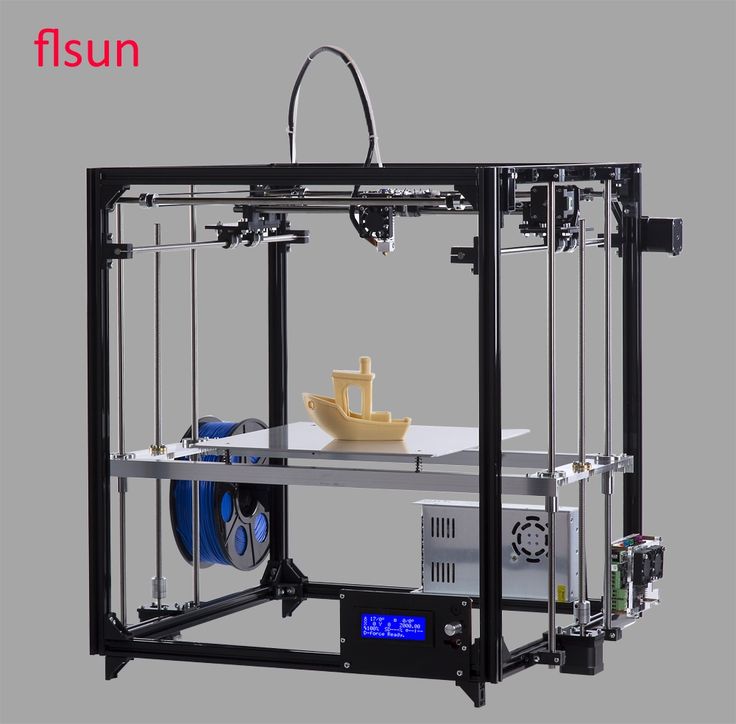 Let’s elaborate on the topic a little bit.
Let’s elaborate on the topic a little bit.
Apart from the PCB and AC Silicon encapsulating heating element, there are other DIY designs to replace your non-heated bed with a heated one.
Polyamide Film Heater
Polyamide which we also call Kapton is already providing huge benefit as a tape for print surfaces. These are best when used with PLA filament.
By providing efficient heat resistance, and high adhesion for printing with PLA, these are already very popular. These also help in increasing the surface finish of the 3D models.
However, you may not know that when coupled with a heating element which when sandwiched between two films of Polyamide you can come up with a Polyamide film heater.
Plus, they are simple to install as well by adding an adhesive to the back. These heat up really fast.
Moreover, these can be prepared in different shapes and sizes. And, are easily portable. Hence, a great choice for many 3D printing experts as well as beginners.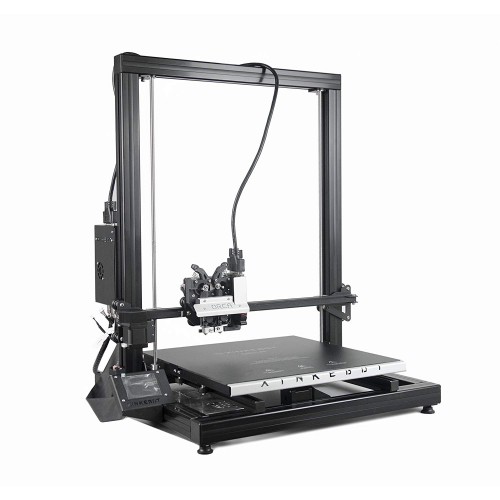
3D Printer Aluminium Clad Heater
If you are looking for the most effective as well as the inexpensive solution, this is what you must look for. However, do not forget, you may have to go through more steps for installing these heaters to your 3D Printer.
Not to forget, you must also require to screw these onto a surface. Usually, users suffice the arrangement with a stainless steel or 3D printer aluminum heated bed.
Later, you must complete the electric circuit arrangement using a thermistor and an insulator. It is the best way to go about it even if you do have any temperature sensible elements stuffed under the print bed.
Last but not the least, a thermal paste must stay between the clad heater and the build surface. This further enhances the healing process and brings more perks for the users.
ADVERTISEMENT
Do I Need A Heated Bed?
Because a lot of 3D printers do not have a heated bed, the question is: Is heated bed required? It is okay to be attentive to the details.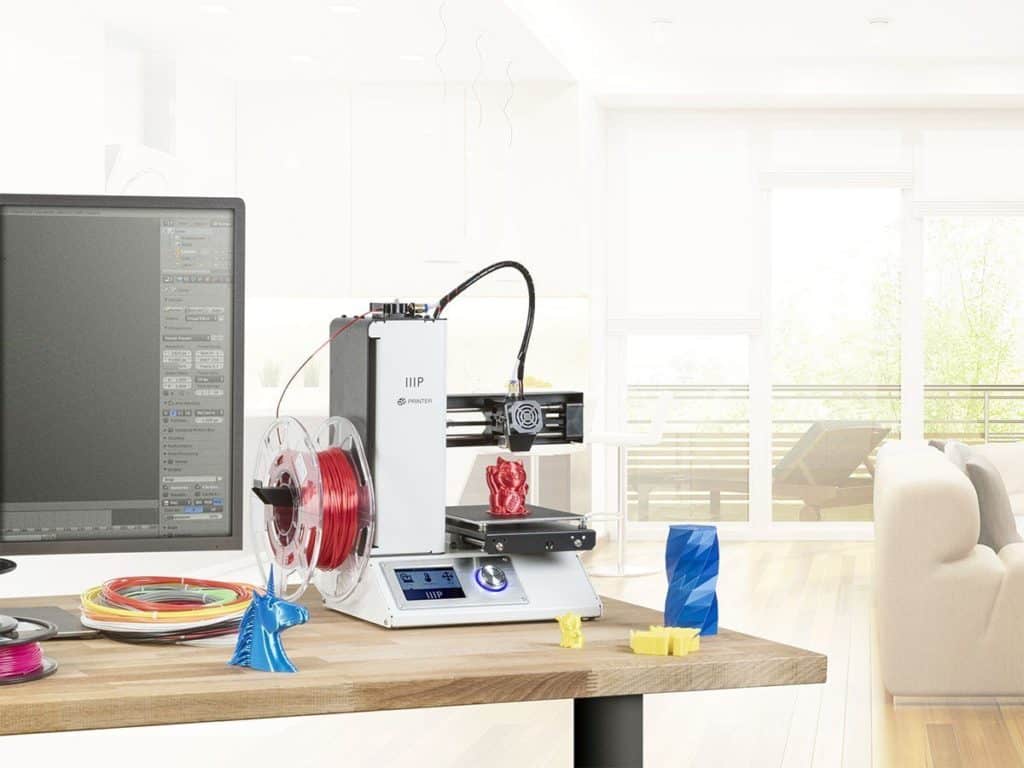
You may have heard that PLA does not need a heated bed to work with. Or, you may also have listened about printing ABS only with a printed bed. But what is the actual story?
You do need a heated bed when 3D printing with ABS material. But why is that so? ABS has the characteristic to contract more than other filaments.
Hence, the chances of warping become higher when printing with ABS. However, with the inclusion of a heated bed, the material finds it easy to attach to the bed surface, while reducing the chances for contraction.
Now, what about PLA. Do we require a heated bed or not? In the case of PLA, we do not always need a Heated Bed. However, if you wish to 3D print is longer, or the bottom surface is larger, it is better to use a heated bed to eliminate the chances of probable problems.
Not just that, you must also understand the optimal temperature that you must maintain when working with different materials.
For instance, when working with ABS, you must heat your print bed to 110°C. On the other hand, PLA can be settled for a lesser temperature of around 60°C.
On the other hand, PLA can be settled for a lesser temperature of around 60°C.
It is very easy to set the temperature of the heated bed with the help of the 3D Slicer. So, you can make the changes as and when required.
ADVERTISEMENT
Caution to Take When Working with Heated Beds?
Heated beds are maintained at a very high temperature. Though we cannot get rid of them because of the many benefits they add to the printing process, we must take the necessary precautions to work around them.
Users must carefully avoid injuries by staying alert and following preventive measures.
These heated beds, when it comes in contact with the skin can end up leaving scars for life. These are very hot and you must avoid any direct contact with the print surface.
If you have kids around, you must take the necessary precautions when working with the 3D printers. If possible, you can go to the closed chamber.
This would anyway help to enhance the 3D print results by letting you maintain a consistent temperature around the build surface.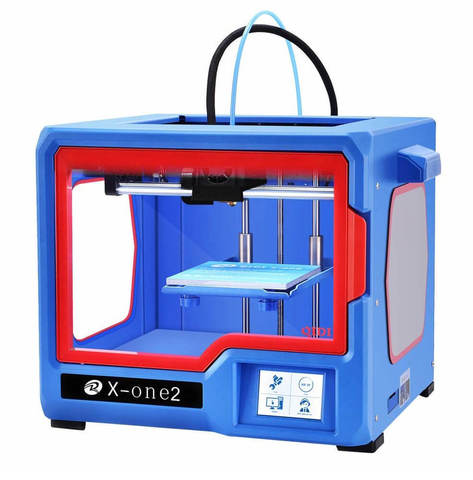
You may get yourself in other problems when the heated bed is not installed properly. In case, the legs of the bed aren’t positioned evenly, or the bed isn’t placed on a uniform surface, it would lead to imperfection in the 3D models.
It is a good idea to purchase the 3D printer with its own heated bed that comes with the package. This is to ensure that the two combos work together in harmony.
Or else, you may find it difficult to fit the parts from different vendors together because of the difference in the temperature gradient.
The Conclusion
It is a very common mistake that we make when avoiding to look for more details about the crucial components of the 3D printer. But we must not do that.
3D printers are expensive and before buying one, we must understand what we should look for, depending on our needs.
And, even if a 3D printer heated bed seems to be something not needed at the moment, it may help you stretch your goals later.
So, understand the benefits of the same and look for 3D printers that offer a heated bed already.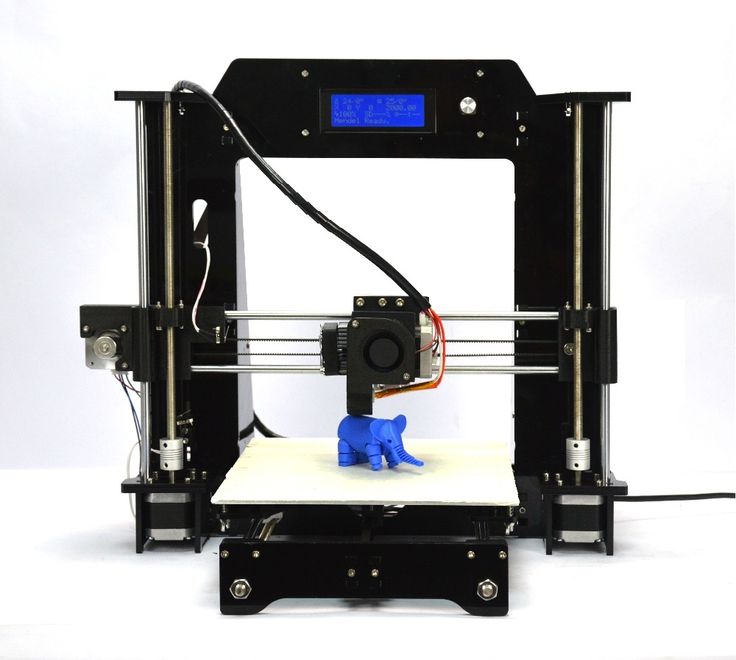
Tronhoo T220s Heated Bed 3D Printer
home Product Catalog Office Supplies Printer and Consumables Desktop 3D Printer
Product Description
Company Information
Address: Room 516, Block B, Hangcheng iSecurity Industrial Park, Bao'an Dist. Shenzhen
Business Type: Manufacturer/Factory
Business Range: Consumer Electronics, Toys, Arts & Crafts, Computer Products, Office Supplies, Packaging & Printing, Chemicals, Electrical & Electronics
Management System Certification: ISO 9001, OHSAS/ OHSMS 18001, WRAP
Main Products: 3D Printer, 3D Printer Filament, 3D Printing Technology Solutions, 3D Printing Service, Laser Engraving Machine, 3D Printing Materials
Company Introduction: In the field of additive manufacturing in China, a group is formed, which is based on overseas repatriates with doctor's degrees and master's degrees in materials science, intelligent control and mechanical engineering.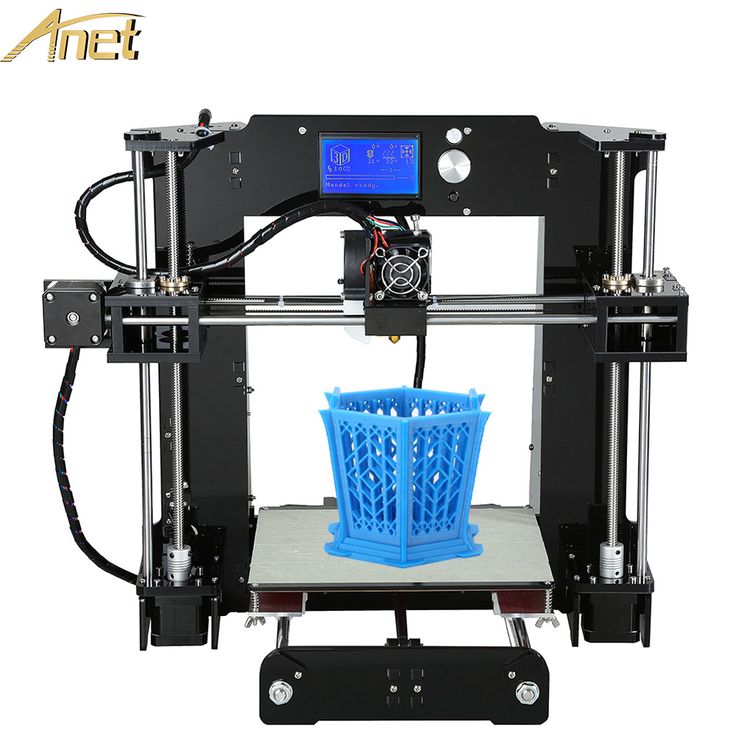
It's TronHoo!
TronHoo main businesses include 3D printers and 3D printing material R&D, production, sales and after-sales service, 3D printing technology solution, 3D printing education and 3D printing, etc.
TronHoo is located in Shenzhen China. At present, it has accumulated rich experience in 3D modeling and 3D printing slicing software, a couple of curriculum integration of 3D digital technology, etc., and TronHoo has a number of technology patents.
TronHoo's manufacturing center is located in Jiangxi of China. It has 15, 000 square meters of standard factory, ten high-quality fully automated 3D glow production lines, two professional 3D testing laboratories, as well as a professional team with excellent service. The annual production capacity of 3D printers reaches 200, 000 units, and the annual production capacity of glow 3D printing reaches 1, 500 tons. 3D printers and related products have passed the FCC CE and other certification standards, and all 3D printing materials have passed the Restriction of Hazardous Substances.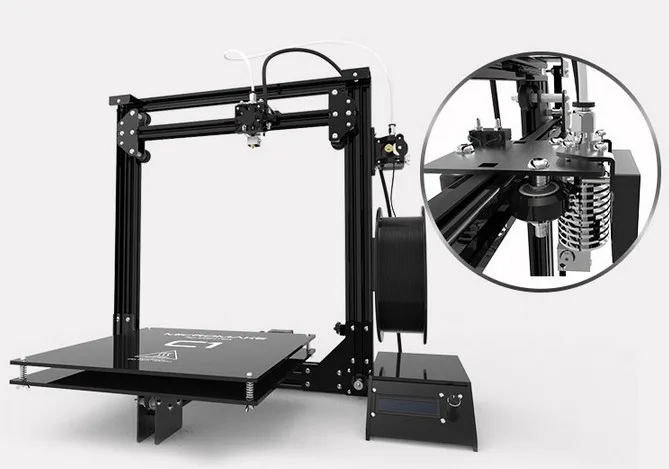
TronHoo products are widely used in product R&D, mold manufacturing, medical industry, construction industry, accessories and other fields. As a result of products of superior performance, high reliability and high cost performance, they are widely exported to North America, Europe, the Middle East, Southeast Asia and other regions, TronHoo has brought significant economic benefits to customers, gained a high reputation !
Takes TronHoo "Technology first, foremost, unity and cooperation" as corporate goals. Adhering to the corporate culture of "focusing on technology, customer service in pursuit of truth and its pragmatism", the business philosophy of "skilled personnel in technology, action-oriented and best service" attention to customer needs and requirements, TronHoo is committed to bring 3D printing technology into your life and become the innovation leader in 3D printing technology!
Once you receive your question, the supplier will answer you as soon as possible.
Send Your Inquiry Directly To This Supplier
Hot Search
More
214x214mm Black/Blue/Red Hot Bed Surface Sticker Heated Bed Film 21 Black/Blue1 40029 Reviews / Red Hot Bed Surface Sticker 3D Printer Heated Platform Film Reviews - Banggood UK Online Shopping
Customer reviews
- 5 star9 (100.0%)
- 4 star0 (0%)
- 3 star0 (0%)
- 2 star0 (0%)
- 1 star0 (0%)
Write a review You'll get double Banggood points for a review if you're one of the first 3 to leave it!
- All reviews (9)
- Image (1
- Video (0)
- All Stars
- All sprockets (9)
- 5 Star (9)
- 4 Star (0)
- 3 Star (0)
- 2 Star (0)
- 1 Star (0)
Sort by:
evaluation
- estimate
- utility
- date
Reviews only from your country (Russian Federation)
|
Show original
Part of the review is translated automatically.
General 0 page
Go to page
Go
Recommended
-
13.
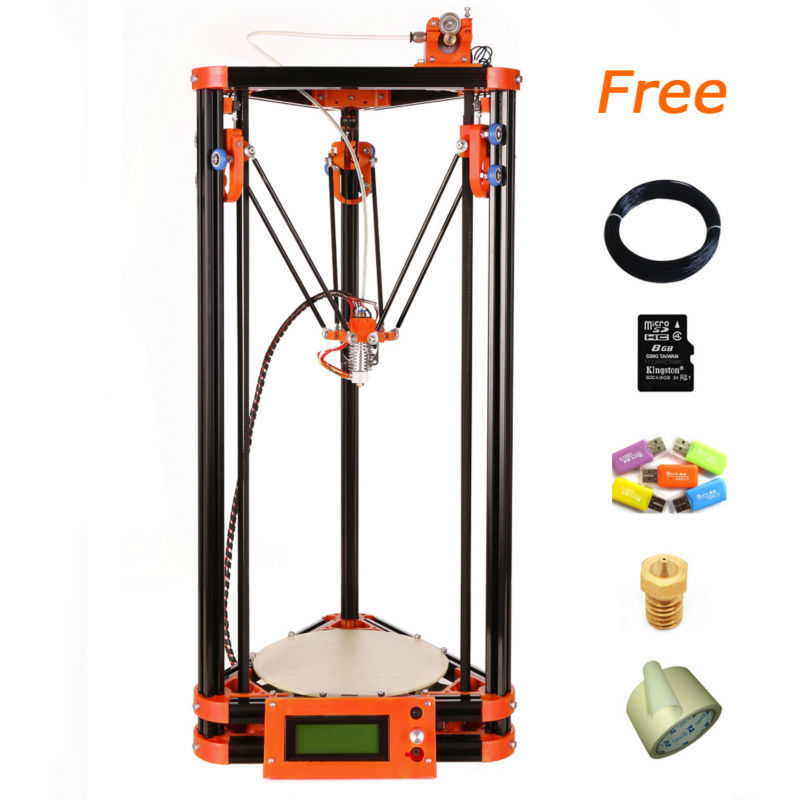 77€
77€ Creality 3D® 235*235mm Soft Magnetic Heated Bed Sticker for Ender-3 3D Printer
(916)
-
€109.22
MHP30 Mini OLED Hot Plate Preheater 60W 350℃ Soldering Preset Temperature SMD PCB Heating Station
(75)
-
€5.
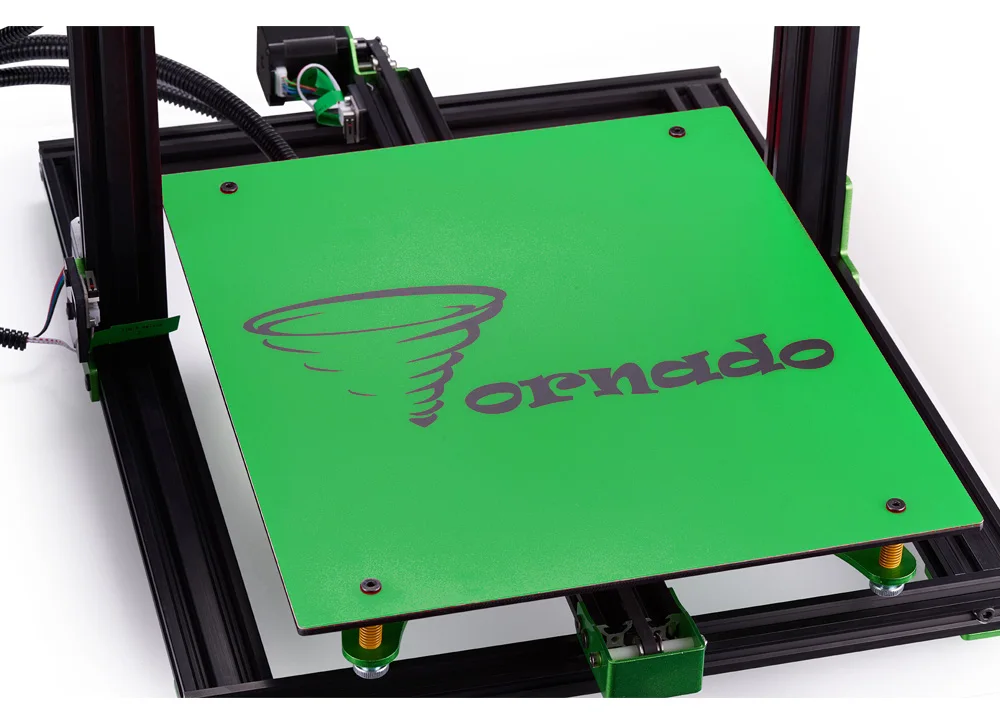 90
90 Creality 3D® 235*235mm Matte Heated Bed Platform Hot Bed Sticker for Ender-3 3D Printer
(260)
-
8.85€
COOLMOON 120mm Cooling Fan RGB 6PIN Computer Case Colorful Radiator Cooler PC 5V DC
(7)
-
5.
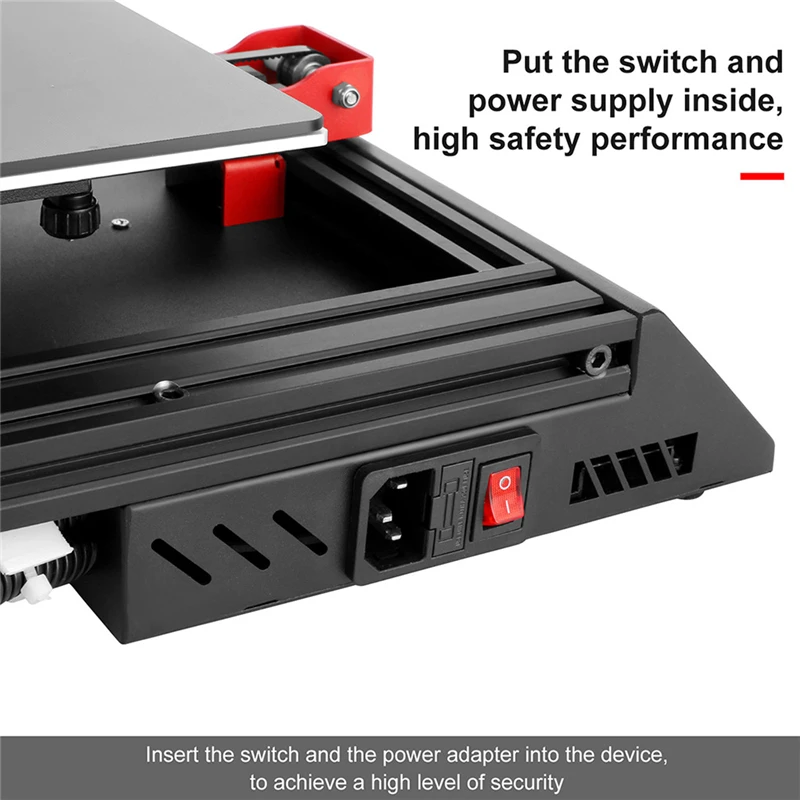 31€
31€ 100/500 pcs. Gloves Children Adult Labor insurance Protective work Gloves Waterproof
(3)
-
€157.52
ELEGOO® MercuryX Bag Washing and Curing Machine with Clear Yellow Tint / 8000ml Large Capacity Design/360° 3D Curing
(52)
-
59.
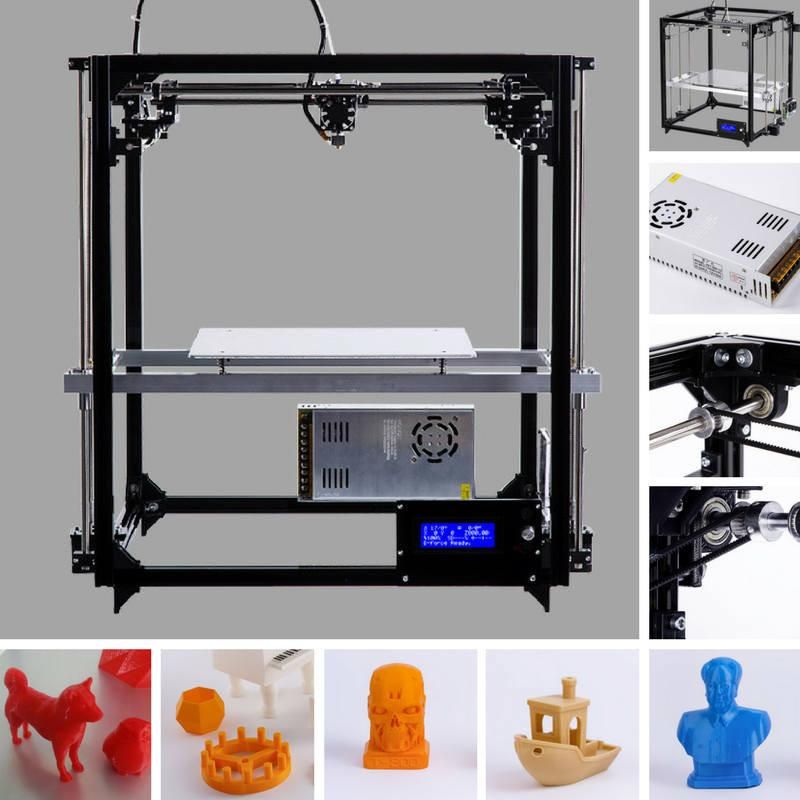 07€
07€ eSUN® eBOX Lite 3D Filament Dryer Box Dryer Filament Storage Box Storage Dry Filament Holder for 3D Printer 3D Printing Filament
(126)
-
19.68€
Creality 3D® 480mm PTFE Feed PiPe Tube for CR-10S PRO 3D Printer Part 1.75mm filament
(26)
-
46.
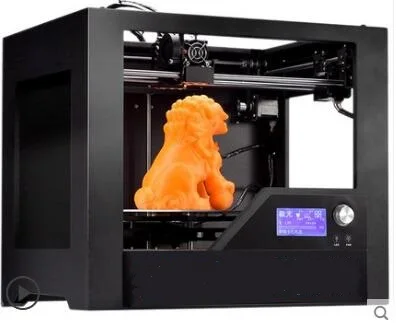 27€
27€ Dotbit 100*100*2mm MK52 Magnetic Hot Bed Plate + Mk52 Steel Plate + 16mm 4pcs Silicon Dioxide Gel Column Kit for 3D Printer
(0)
-
6.88€
Ender3 CR10 V6 Titanium Alloy BIM Copper Throat for E3D V6 CR10 ENDER 5/3 CR-10S 1.75/4.1mm 3D Printer Hotend
(0)
-
91.
 56€
56€ X-STAR mSATA 16GB 32GB 64GB 128GB 256GB Internal HDD for Laptop Computer SSD Hard Drive
(6)
-
22.04€
Vaseky M.2 NGFF 2280 Internal Solid State Drives 64GB/128GB/256GB/512GB/1TB SSD Hard Drive 1.8 inch for Laptop Notebook
(6)
-
12.
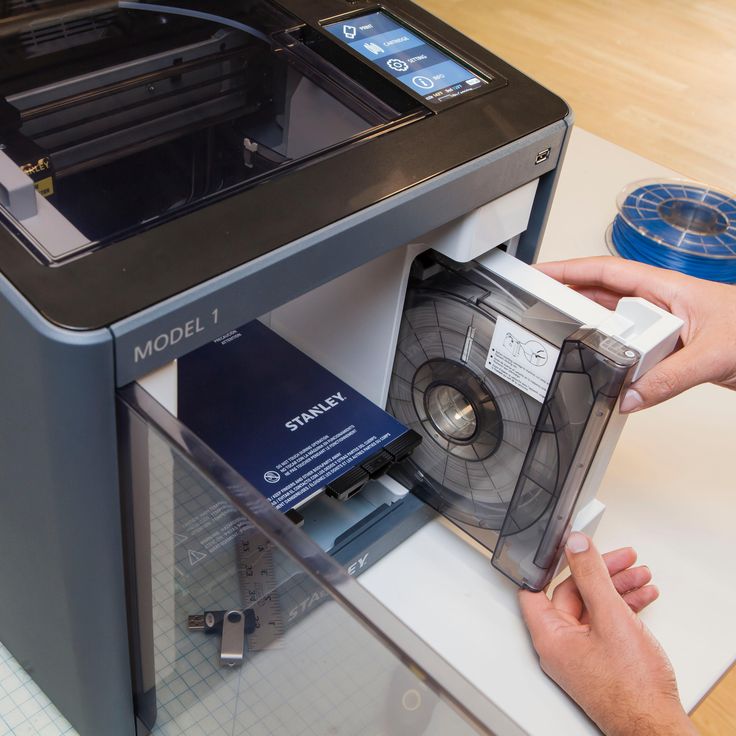 79€
79€ 34x23cm heat resistant silicone mat for soldering station BGA soldering iron
(5877)
-
7.87€
JGAURORA® 1.75mm Filament 0.4mm Copper Nozzle for 3D Printer
(28)
-
25.69€
BIGTREETECH® Dragon Heatsink V2.0 Dragon Heatsink for Extruder Dragon Hotend V2.0 3D Printer Parts for TITAN BMG VS V6 Extruder Heatsink
(0)
-
53.16€
BIGTREETECH® SKR MINI E3 V2 Control Board 32bit Motherboard for Ender 3 Pro/5 CR10 VS SKR V1.4 Turbo 3D Printer Parts
(297)
-
7.
 08€
08€ Raven 2.2/2.4 Hall Effect Sensor X/Y Limit Switch for 3D Printer
(0)
-
323.93€
Creality 3D® Ender-3 V2 Upgraded 3D Printer Kit 220x220x250mm Print Size TMC2208 / Super Silent 32-bit Motherboard /
Carborane Platform(2532)
-
€18.
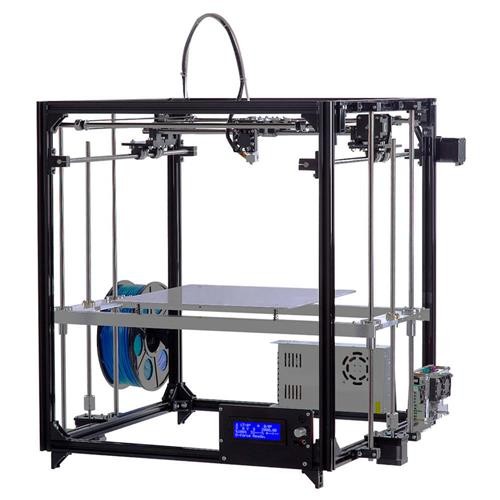 60
60 Creality 3D® Ender-3 V2 Carborundum Glass Platform 235*235*4mm for
3D Printer Part(54)
-
9.84€
Creativity 12V 24V 3D Printer Hotend CR-10S Fixed Ender-3 Fan Cover Protective Fan Cover Cooling Fan Cover Pe
(0)
-
6.
 88€
88€ BIGTREETECH® TMC2208 V3.0 UART Stepper Mode StepStick Motor Driver for Reprap 3D Printer Part
(10)
-
157.72€
Creality 3D® 310*320*4mm Heated Bed + Rear Sliding Block Pulley Plate + Ultrabase Glass Plate Platform for CR-10S PRO / CR-X 3D Printer
(3)
-
19,68€
AK270 2 Channel 12V Audio Power Amplifier Support AUX LED Speaker Light Mini HIFI Power Amplifier
(17)
-
6.
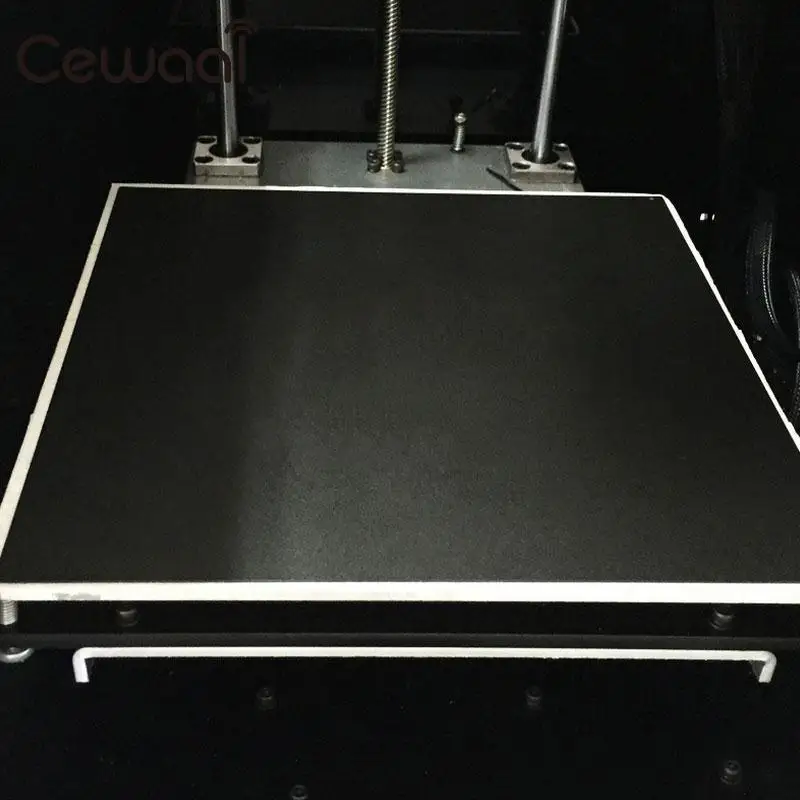 88€
88€ Lcd2004 / 12864 controller module smart adapter Ramps 1.4 3d printer
(22)
-
235.32€
Creality 3D® Ender-3 3D Printer Print Size 220x220x250mm with Power Resume / V-Slot with POM Wheel / Nozzle 1.75mm 0.4mm
(4359)
-
63.
 99€
99€ Mensela ED-LX2 18V Cordless Brushless Impact Drill Driver Electric Hammer Drill Screwdriver 25 + 3 Gear Torque 2 Variable Speed W/2.0Ah Battery for Makita for Drilling Wood Metal
(176)
-
€157.52
Dotbit BLV Ender-3 Pro DIY Upgraded Kit with XY Axis Belt Screws Aluminum Plate Linear Guide Slider for Ender 3 Pro 3D Printer
(68)
-
80.
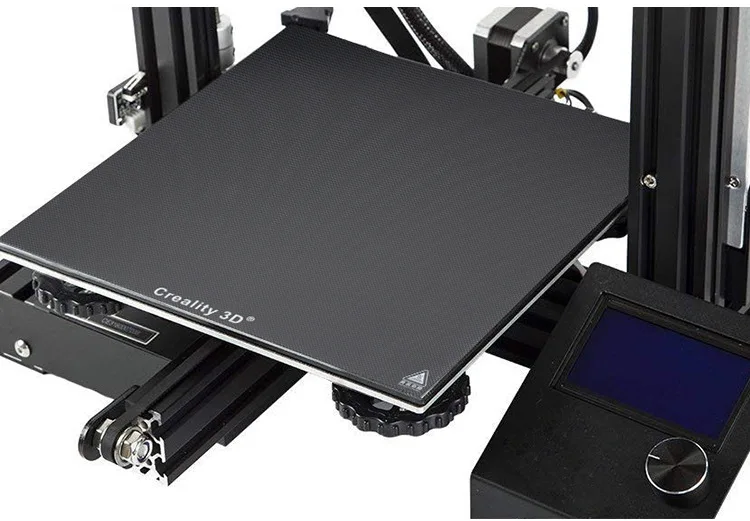 73€
73€ Creality 3D® SpriteExtruder-Pro (Full Metal) Extrusion Engine for Ender-3 S1/CR-10 Smart Pro/Ender-3 S1 Pro 3D Printers
(20)
-
8.85€
Creality 3D® New Upgraded Bowden Red Block Solid Metal Extruder Kit for Ender-3/Ender-3 Pro/Ender-3 V2/CR-10 Pro V2 3D Printer
(402)
-
€11.
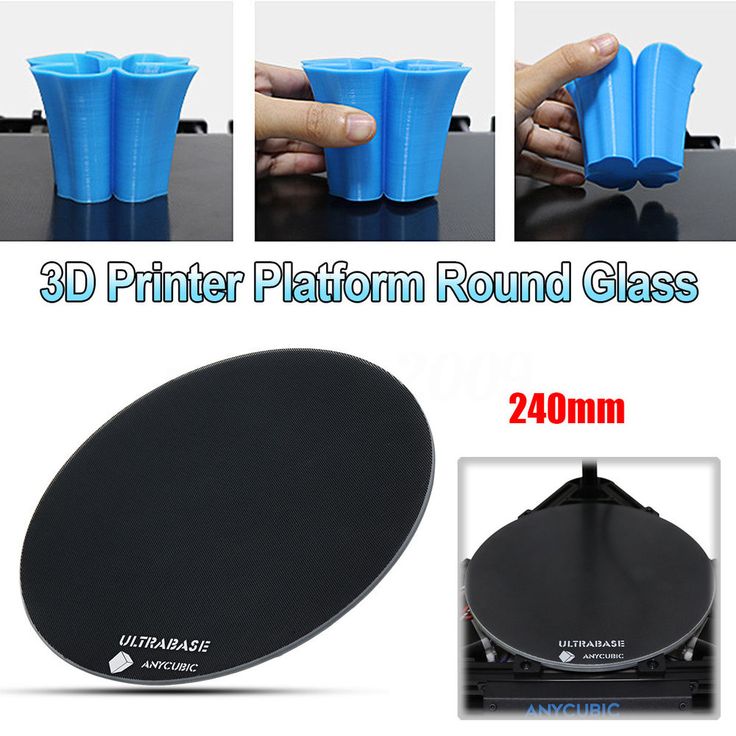 81
81 Heatsink COOLMOON RA-2 RAM 5V LED ARGB 2x3 Pin 1x4 Pin Aluminum Alloy Memory Heatsink Ram Cooler for Desktop PC
(0)
-
€8.85
Drillpro DB-M1 10pcs 0.8-3mm PCB Bits Titanium Coated Carbide Engraved Milling Cutter for CNC Rotary Burrs
(2670)
-
15.
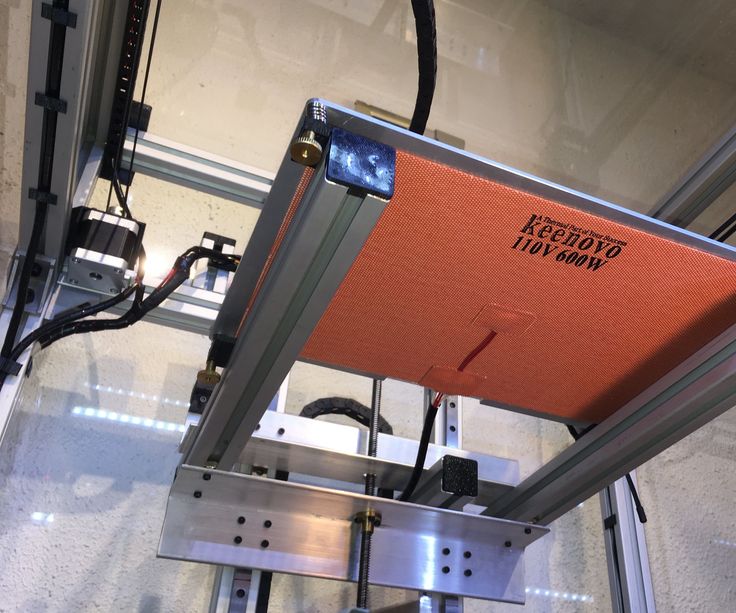 74€
74€ Drillpro M35 Cobalt Drill Set HSS-Co Jobber Length Metal Twist Drills Stainless Steel Wood and Metal Drilling Case
(110)
-
19.68€
Hot end assembly CR-6 SE for all metal extrusion extruders for 3D printer parts CR-5 CR5 PRO CR6 SE
(0)
-
16.
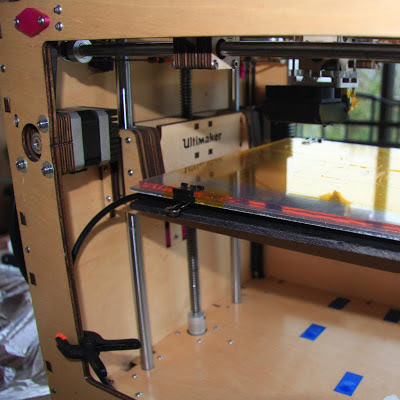 73€
73€ 1.75mm long/short spacer stainless M4 B3 3D printer extruder nozzle pressure head
(8)
-
44.30€
Creality 3D® Black 2020 V-Slot Aluminum Bottom Profile Frame Kit For CR-10S PRO/CR-X 3D Printer Part
(6)
-
15.
 74€
74€ MKS TB67S109_OC External driver support High current SuperSilent 1 to 32 Miscrosteps for 3D printer part
(0)
-
€11.81
Wowstick Wowpad Magnetic Bolt Pad Position Plate Memory Pad Repair Tool
(2838)
-
28.
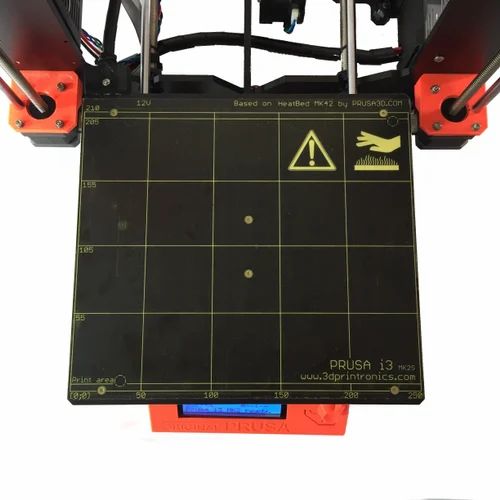 54€
54€ Vaustic 1P+19 in 1 Electric Driver Bolt Wireless Powered Screwdriver Repair Kit
(4522)
-
42.63€
XIAOMI Mijia 350mAh 200rpm Electric Precision Type-C Screwdriver Rechargeable 2 Gear Repair Tool with Magnetic Storage Case & 24pcs S2 Sta
(1613)
-
2.
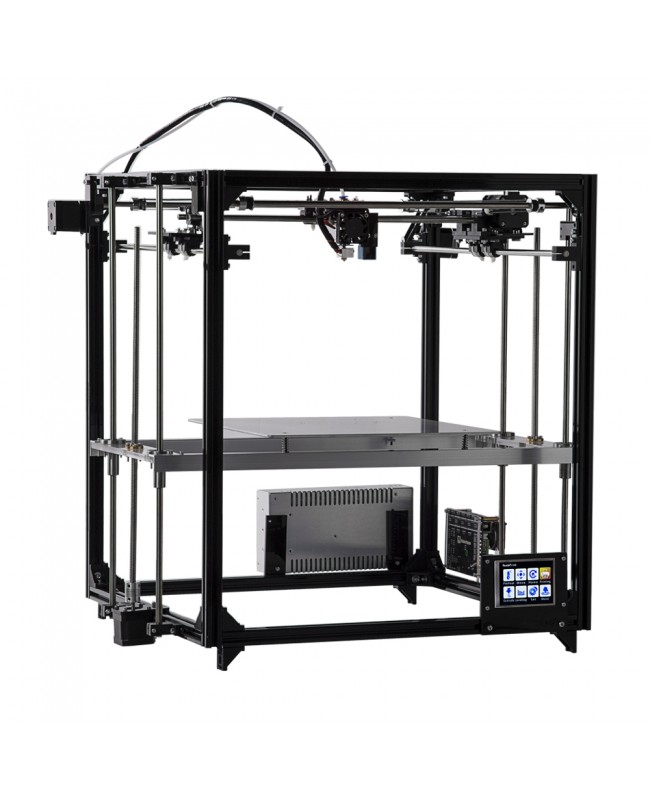 94€
94€ TWO TREES® 2GT-6mm Non Slip Timing Belt Buckle Copper for 3D Printer
(0)
-
€10.82
TOPSHAK TS-MG1 Mini Grinder 5000-15000 RPM Cordless Rotary Tool Set Portable Electric Grinder
(651)
-
9.
 34€
34€ BIGTREETECH DCDC MODE V1.0 Power Module for BTT SKR V1.4 32bit WIFI Control Board 3D Printer Parts
(11)
-
9.84€
Miniature Mini Copper Incense Cone Stick Burner Holder Plate Decorative Censer Meditation Corner
(9)
-
13.
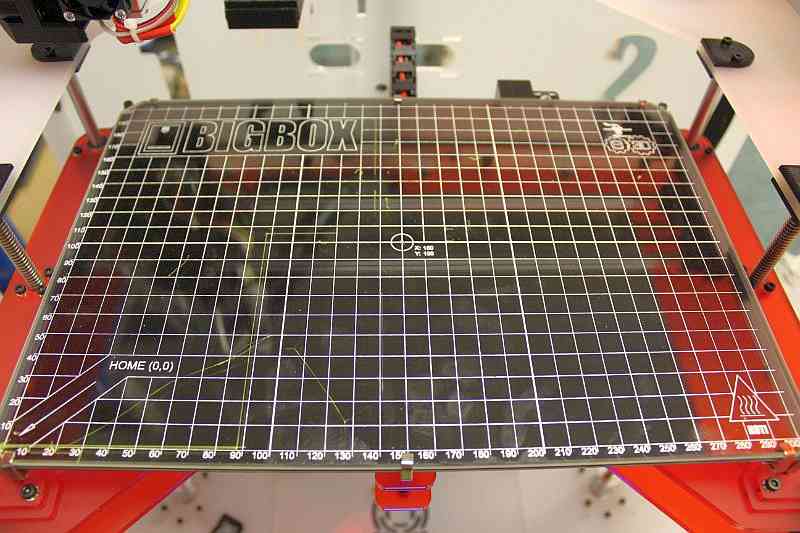
Learn more




